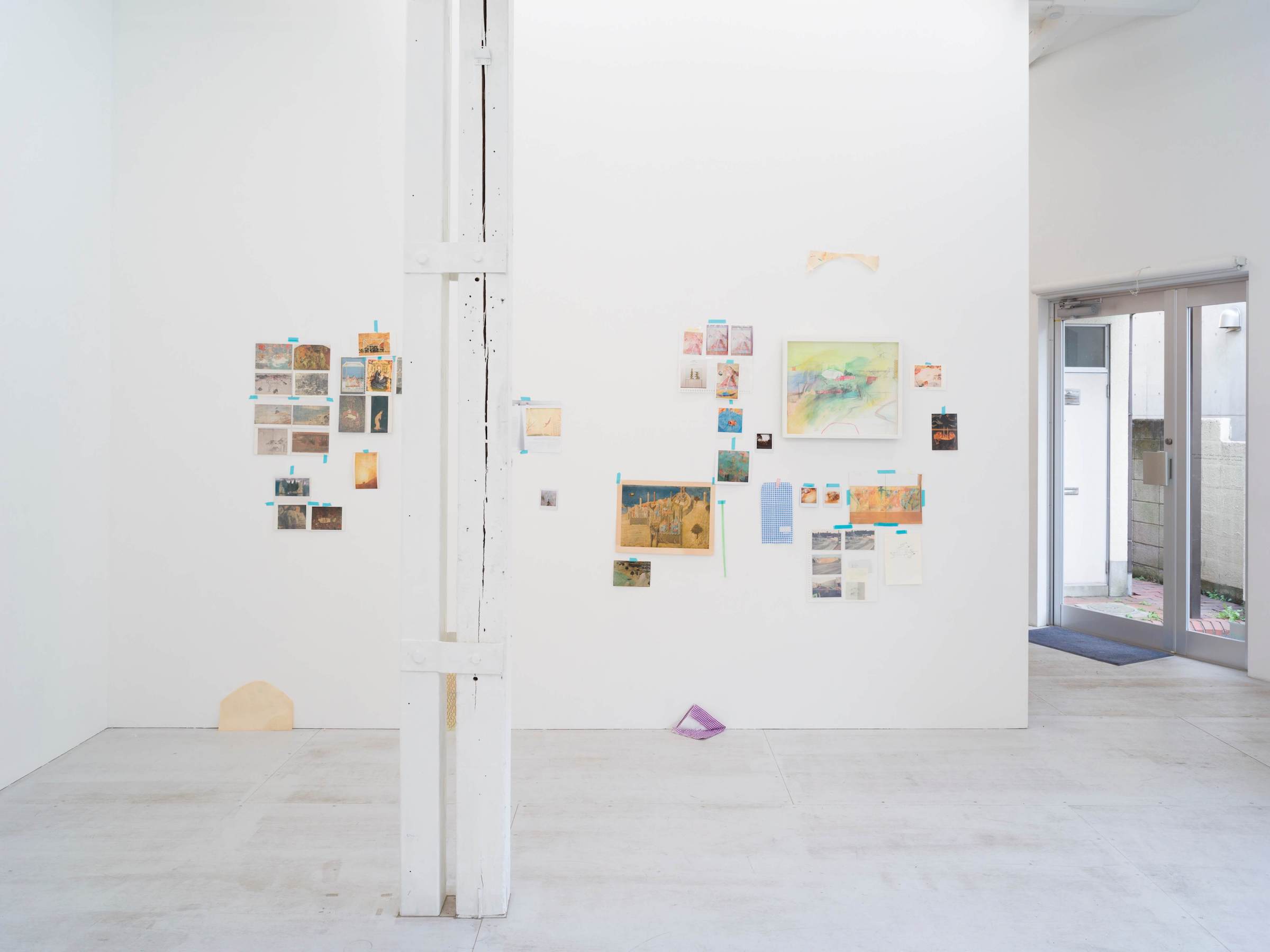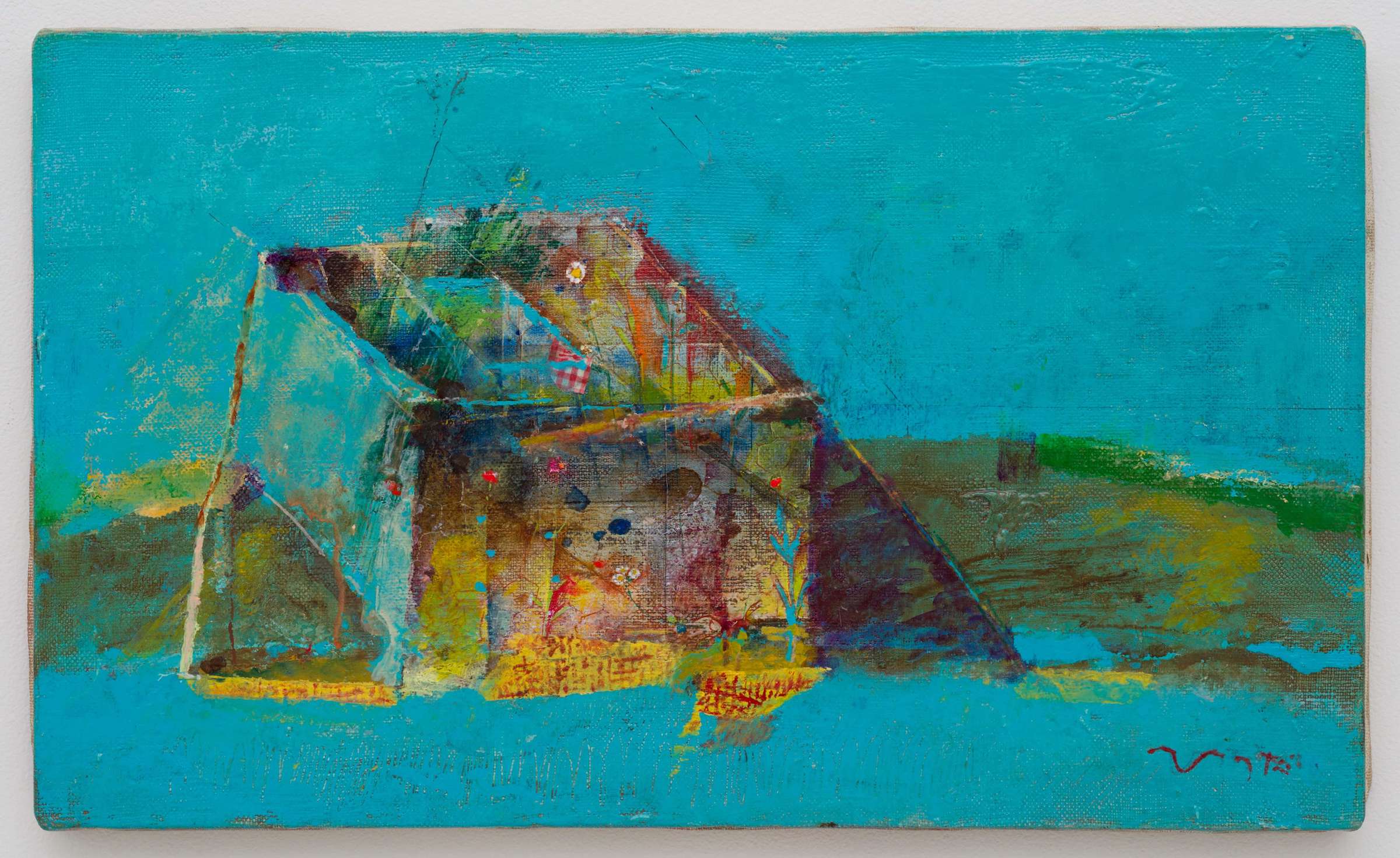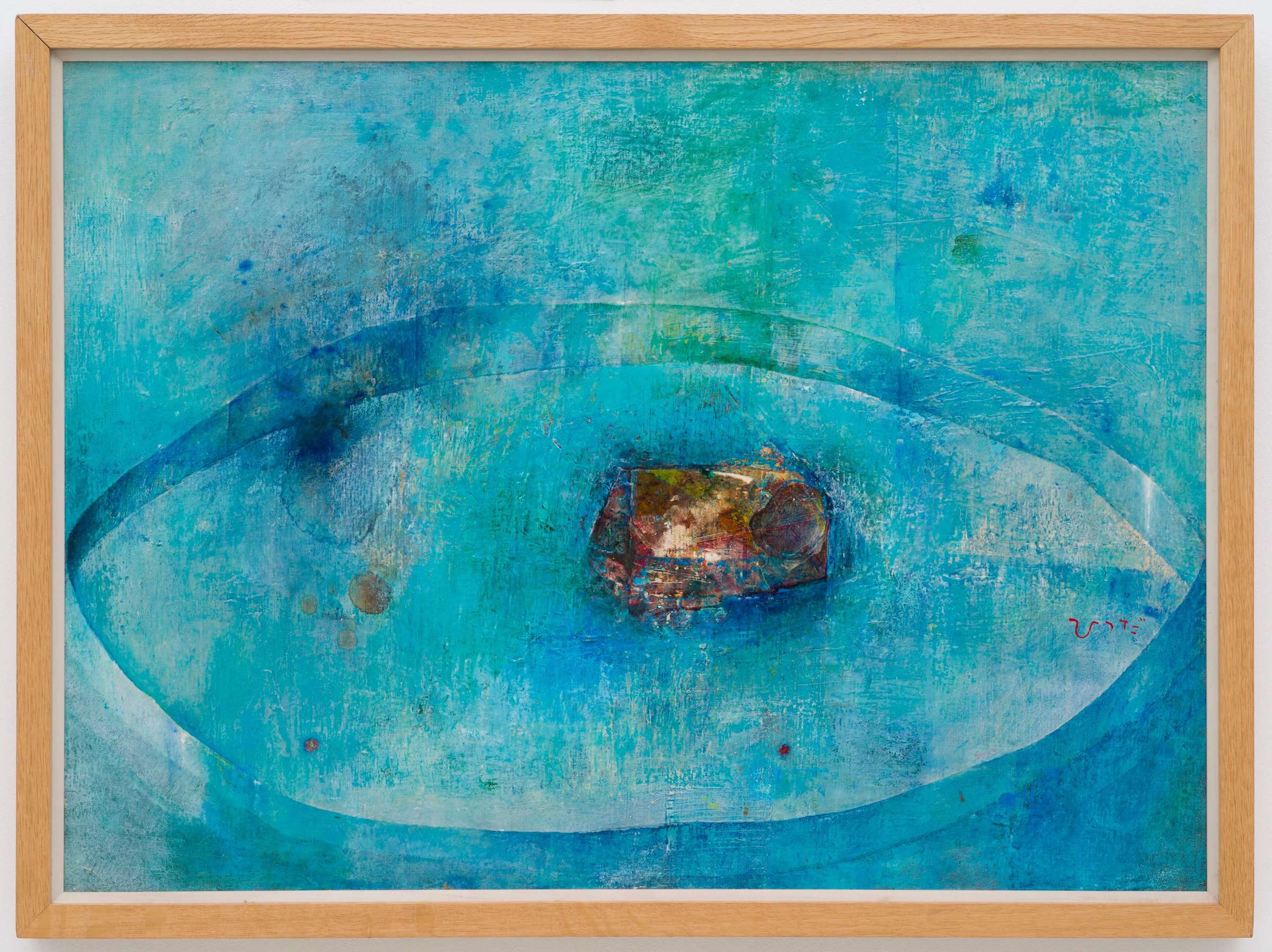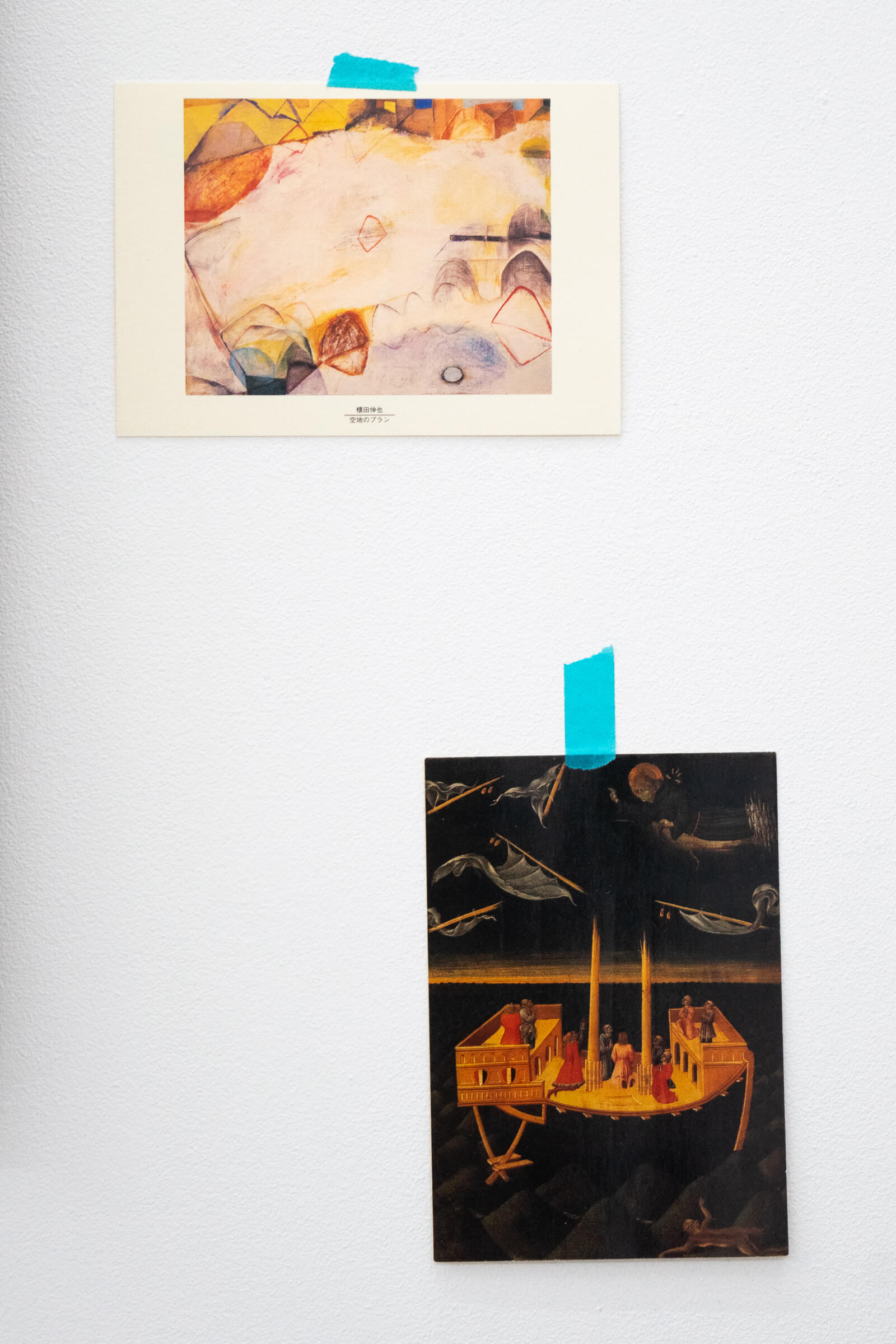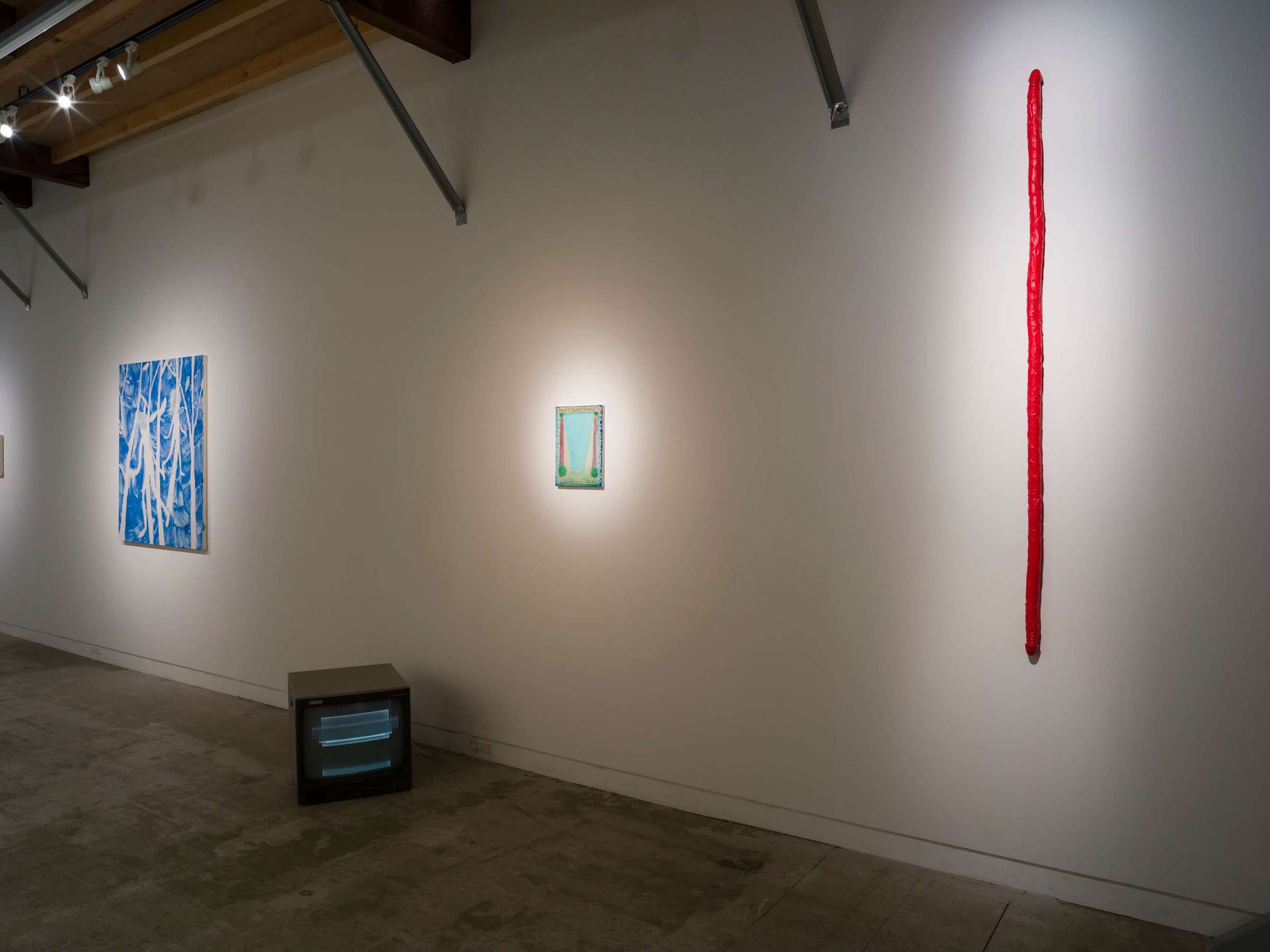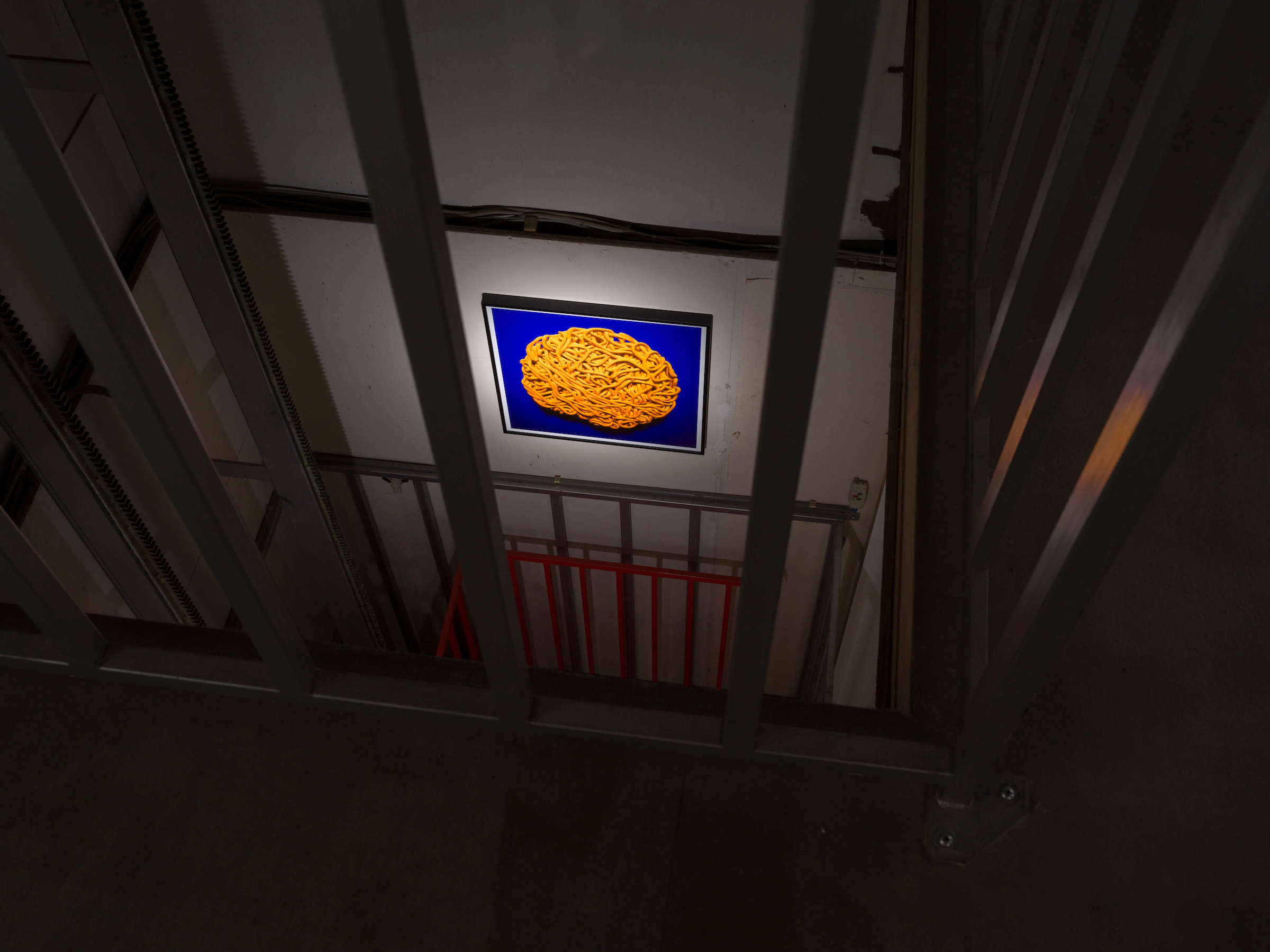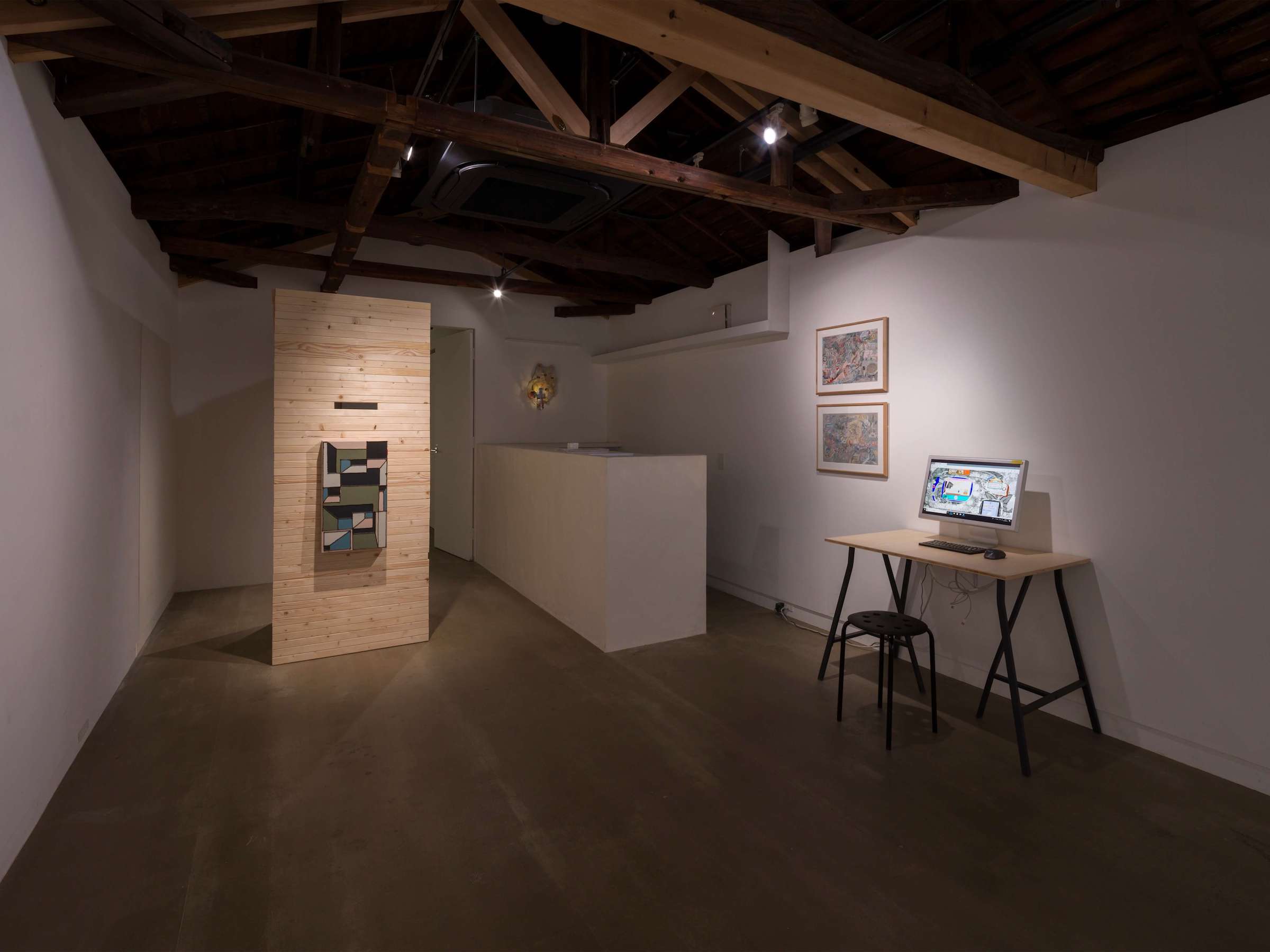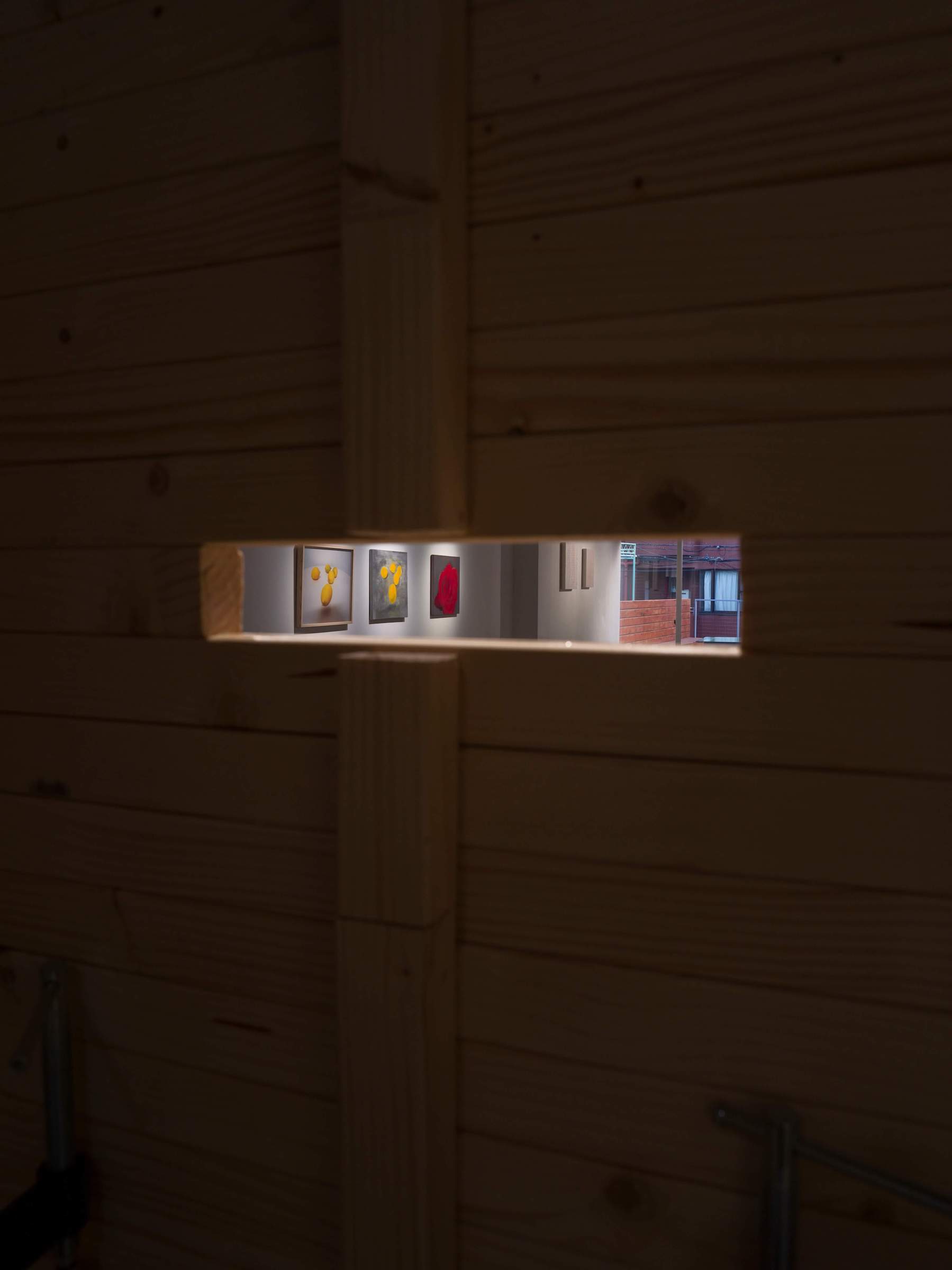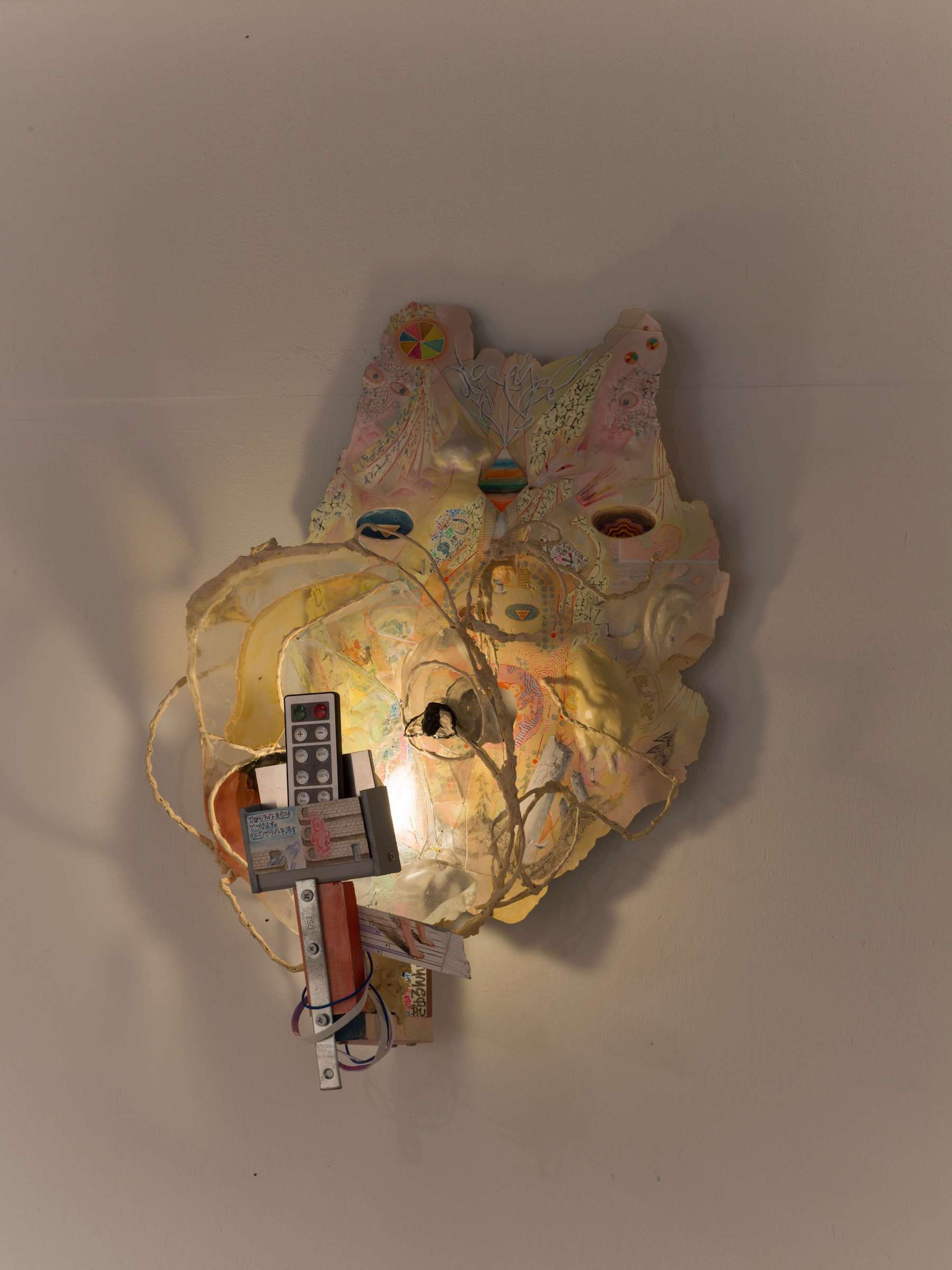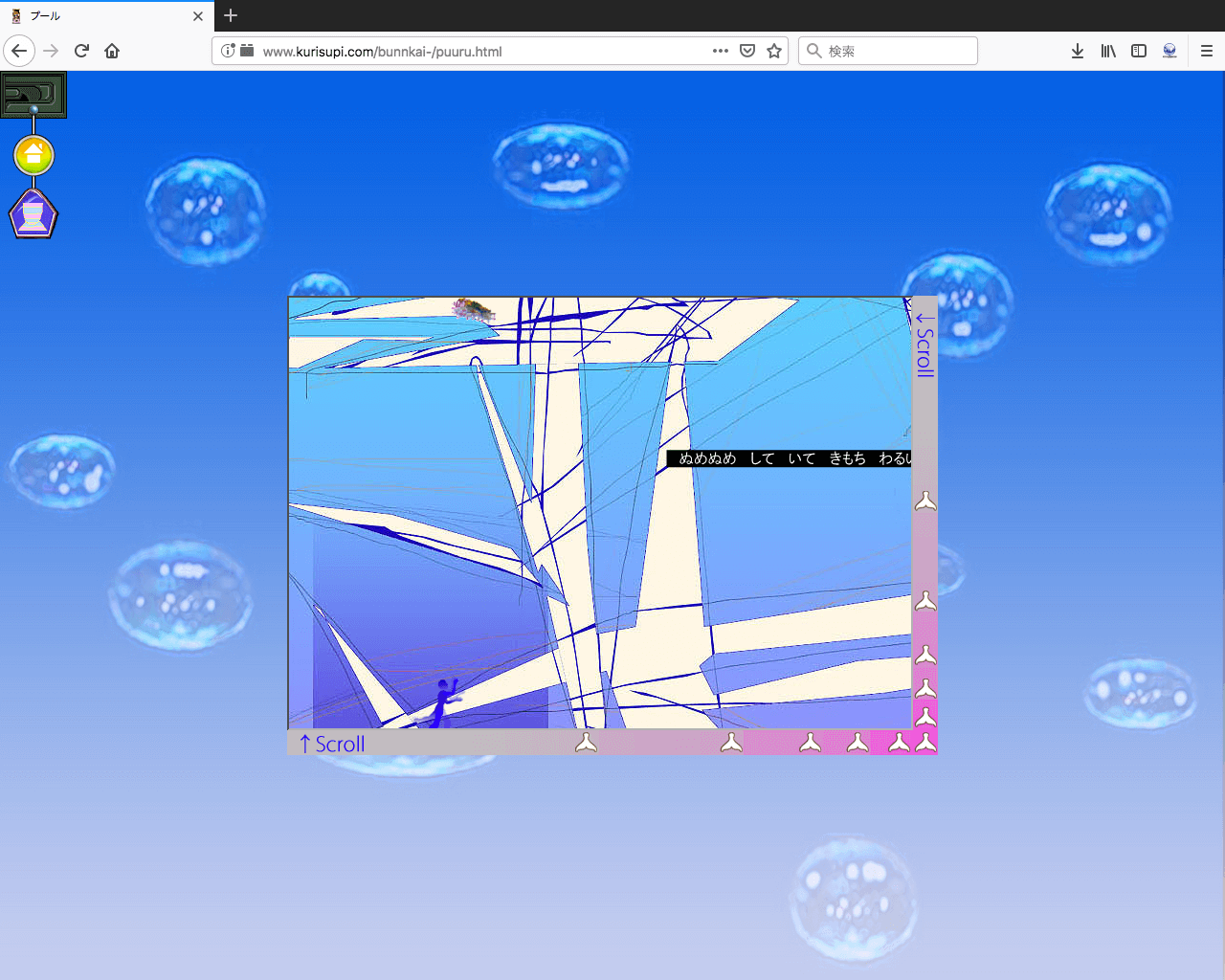KAYOKO YUKI
2-14-14 Komagome, Toshima-ku, Tokyo 170-0003 Japan
MAIL: info@kayokoyuki.com / TEL: +81(0)3-6873-6306
www.kayokoyuki.com
NOBUYA HITSUDA
blame not on reasons
March 8 - 31, 2019 * Appointment only from April 3 to 7. →info@kayokoyuki.com
Opening reception: Friday, March 8, 6-8pm
* Special Performance by QUNIMUNE: 6-6:30pm
Concurrent group show: beyond the reasons
SHOHEI INADA /
TADASUKE IWANAGA /
O JUN /
EMI OTAGURO /
DAISUKE OHBA /
YUKI OKUMURA /
GAKUDAI KAWASUMI /
HIROYUKI KUNIMUNE /
KOURYOU /
HIROSHI SUGITO /
KOUICHI TABATA /
YU NISHIMURA /
SHIGERU HASEGAWA /
TAMAMI HITSUDA /
OSAMU MATSUDA /
KYOKO MURASE
Cooperation:
Solo show -
HIROSHI SUGITO
Group show -
Itazu Litho-Grafik /
Komagome SOKO /
Satoko Oe Contemporary /
SCAI THE BATHHOUSE /
Taka Ishii Gallery /
Tomio Koyama Gallery /
Haloez /
MISAKO & ROSEN /
Mizuma Art Gallery /
Mujin-to Production /
Yutaka Kikutake Gallery /
RIKU IIOKA /
HIKOTARO KANEHIRA /
NAOKO HATTA

Nobuya Hitsuda Box 2003-2019, oil, masking tape on canvas, 116.5 x116.5 cm
KAYOKOYUKI is pleased to announce Nobuya Hitsuda’s solo exhibition, titled blame not on reasons, from the 8th to the 31st of March, 2019. Held in conjunction with this is a group exhibition titled beyond the reasons at the adjacent Komagome SOKO, presenting works by 16 artists, each of whom has developed a unique relation with Hitsuda.
Nobuya Hitsuda: blame not on reasons at KAYOKOYUKI
Nobuya Hitsuda was born in Ota Ward, Tokyo, 1941. After completing the Master’s program at the Graduate School of Fine Arts, Tokyo University of the Arts, and then working for the art department of Japan Broadcasting Corporation (NHK) for a short while, the artist taught for many years as a faculty member of Aichi Prefectural University of the Arts and Tokyo University of the Arts. He has been awarded numerous prizes including the Yasui Award (1985) and the Seiji Togo Memorial Museum Grand Prix Award (2011). His work is represented in the collections of the National Museum of Modern Art, Tokyo and the Museum of Contemporary Art, Tokyo, among others.
It was in the height of the students’ movement opposing Anpo (the Treaty of Mutual Cooperation and Security Between the United States and Japan), when Hitsuda was an oil painting student at Tokyo University of the Arts. Despite having graduated as the top student, Hitsuda, after completing the Master’s program, suddenly quit painting, and started working at the TV station, where he put himself right in the middle of production processes of its programs. Around 1972, Hitsuda resumed his exhibition activities, gradually cutting out a new path with his unique body of work, aiming at creating paintings that depart “from my own eyes or body” (*1).
Banal sceneries of everyday, such as those characterized by a vacant lot, a water channel, fences, concrete walls, plants, and so on, have served as points of departure for his painterly investigation. Particularly, inclined or flat fields along the Tama River, around which the artist spent a lot of time in his childhood, have remained very important landscapes to date (*2). Over all, the origin of his paintings is what he gained from his accumulated experience of “looking” at things in transformation while walking through Tokyo’s urban environment as it developed, from the period in which much of the city’s ground was still made up of exposed soil to the point it began to be paved with concrete and a row of buildings were constructed over it one after another.
A composition without a fixed vanishing point but with a series of diagonal lines that segment the viewer’s gaze, between which breezes seem to be continually blowing through all across the canvas. The motif of each of such paintings Hitsuda creates is a landscape, but he approaches it not as a self-evident entity that is measurable, but as something that is perceivable only fragmentarily — something that “passes by” or is “passed by.” In order to depict its essence, he takes the form of bricolage, juxtaposing different places and temporalities. It is not just through his act of looking at his object but also through his own past experiences and ongoing everyday life that various perspectives of landscapes are recomposed on his painting, enabling a composition where the quality of spatiality itself has transformed.
beyond the reasons at Komagome SOKO
While critically acclaimed as a prominent painter, Hitsuda has also achieved a great deal as a teacher, which cannot be overestimated. 10 years ago, an exhibition focusing on this was held across two museums: Aichi Prefectural Museum of Art and the Nagoya City Museum. Titled In the Little Playground: Hitsuda Nobuya and his surrounding students, the show was intended to present respective relations of reciprocal influences between Hitsuda and some of his former students in Aichi who had been active in both the domestic and international contemporary art scenes, such as Yoshitomo Nara, Hiroshi Sugito, Shigeru Hasegawa, and Kyoko Murase.
After leaving Aichi, Hitsuda took up a professorship at his alma mater, Tokyo University of the Arts, from 2001 to 2009. On view in the exhibition beyond the reasons are a selection of both new and early works by artists who were taught by Hitsuda or had certain contact with him while he was back in Tokyo. There are no shared themes or contexts in terms of how each of the participating artists formulates their piece. In other words, there are no apparent influences from Hitsuda in their works; they have pursued their respective practices based on their own creative methodologies. In the case of Aichi, the area of Nagakute, where the university is located, served as a common “playground” where everyone shared their living conditions and artistic environments, but in Tokyo, there was not necessarily such a place for the artists. Nevertheless, they all met Hitsuda at some point in the course of their artistic development, and were inspired by his words or actions, which their current practices indeed reflect in their respective ways.
Hitsuda remarked in an interview: “Ultimately, to pursue one’s practice is to become oneself” (*3). As he leads his life, Hitsuda negotiates with his own solitude, and creates paintings directly out of that process. Nothing but such attitude of his is the very thing that has been influential for those artists. The space of Komagome SOKO, hosting intersections of the past and the present and convergences of trajectories from different fields, will surely resonate with the lines and colored fields that Hitsuda has painted layer by layer over time, presenting a landscape that invites each of the viewers, who are living in this chaotic time, to “go beyond.”
*1 Nobuyuki Konishi, "Hitsuda Nobuya: Leading Straight to the Landscape," in In the Little Playground: Hitsuda Nobuya and his surrounding students (Aichi: Aichi Triennale Organizing Committee, 2009).
*2 Yayoi Kojima, “Tōrisugita Fūkei, Harappa wo Wataru Kaze, Hitsuda Nobuya to Sono Sakuhin ni Tsuite,” in Nobuya Hitsuda: Scenes Passed by (Tokyo: Sompo Japan Nipponkoa Museum of Art, 2011).
*3 Nakako Hayashi, “Kurashi no Fūkei 9, Hitsuda Nobuya: E wo Kaku — Gaka deari, Kyōikusha” in Kurashi no Techo (February/March 2010).





